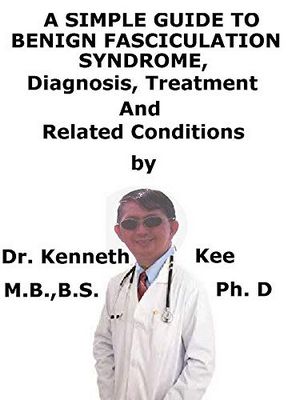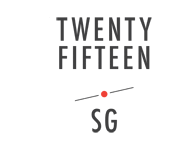
The obverse is a technical term used to refer to the mechanical compression of the muscles in the face or neck. The facial muscles contract when a person smiles, raises their eyebrows, yawns, or presses their hands to their forehead or nose. For most people, facial fasciae are very minor and less than 10% of people suffer from them. In fact, most cases of benign fasciculation syndrome are associated with things as simple as consuming caffeine.
Many researchers believe that benign fasciculation syndrome, also known as BFS, is the result of overuse of the facial muscles. This does not mean that there is something wrong with the person who has it; it may simply be overuse of facial muscles by a person who is not actually suffering from overactive facial muscles.
There are different types of bundles, each with a different purpose. The most common bundles are located on the neck and back of the pharynx. If you look at the back of the neck, you will see two long, thin, bony ridges running from the base of the neck to the base of the skull. The muscles that control the muscles in this area are called the supraspinatus muscles. These muscles are located on both sides of the neck and are very important for maintaining correct posture.
Facial muscles can be very sore when overused. They can become irritated and inflamed if overstretched, resulting in pain, swelling, redness, and discomfort. Most people with this condition also complain of swallowing problems and shortness of breath.
This condition can also cause headaches. However, this is more a result of pain than a cause. In fact, overuse of muscles can actually stimulate your brain to produce pain-causing chemicals. Because these chemicals tend to interfere with the transmission of pain signals from the brain, you may experience mild headaches, although the pain itself is not chronic.
One possible reason is that overactive facial muscles have already caused the facial muscles to lose some of their strength. In this case, you may find that the facial muscles become stiff when you move your face. This may be due to overuse of muscles in this area, such as the tragus. muscles supporting the lower jaw.

Many doctors believe that the problem is actually in the spinal cord. They believe there is an imbalance between the upper and lower muscles of the cervical sphincter, which are responsible for relaxing the muscles in the lumbar region. When the sphincter relaxes, there is less room for the muscles to relax. Over time, muscles can contract, causing muscle tension and constriction that causes facial bundles.
Treatment may include physical therapy, but it is important to note that a structural problem in the neck is believed to be the root cause. In other words, there are several factors that are believed to be at the root of the problem, which means that you may have to address the cause before you can treat facial bundle hyperactivity.
It is also important to note that treatment of overactive facial muscles
is often done after other conditions have been treated. For example, if you have diabetes, you may be advised to first treat your diabetes symptoms before trying to relieve facial fasciculations.
However, there are several treatment options available today that can help relieve some of the symptoms of BFS. Although it may take a couple of weeks to see any positive results, most people with the condition report noticeable improvement. There is usually some improvement in the sensation and function of the facial muscles over several weeks.
Often, your doctor will prescribe anti-inflammatory drugs such as ibuprofen and aspirin, as well as pain relievers, muscle relaxants, and / or physical therapy. If your doctor has ruled out serious underlying medical conditions, you may find that you can use these treatments to relieve some of your symptoms.
